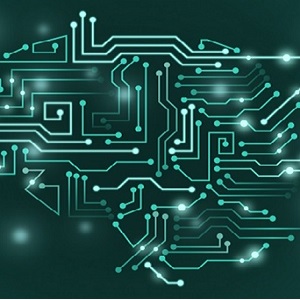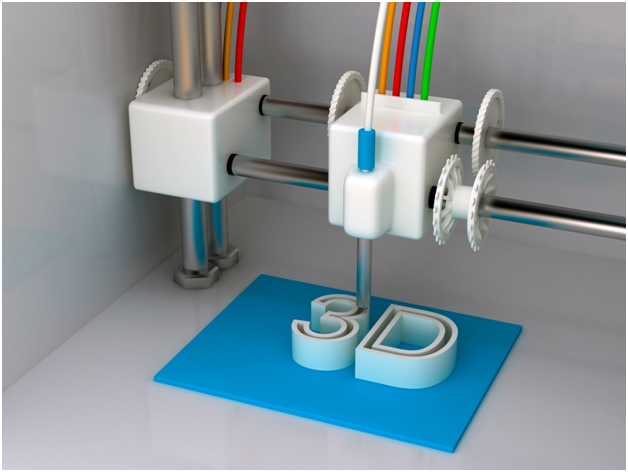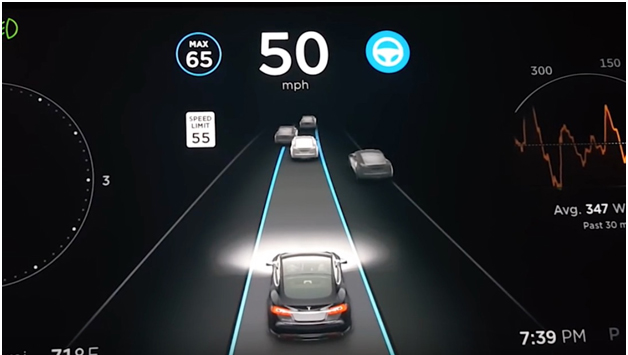
Machine Learning: Revolutionizing Technology & Human Interaction
The quest for innovation has always driven human endeavors, from simple tools to sophisticated robotics. Machine Learning (ML) stands at the forefront of this journey, lightening the load on human shoulders and opening new doors to technological advancement.
Machine learning, the method through which machines glean knowledge from data, has been trending for years, transforming various industries beyond imagination. It imparts human-like abilities to machines, enabling groundbreaking advancements like facial recognition and self-driving cars, once thought to be mere figments of science fiction.
Groundbreaking research in data science has seen a surge in the adoption of machine learning across diverse sectors. Pharmaceutical companies, healthcare, and financial services are just a few examples of industries where machine learning has proven invaluable. Its ability to analyze vast amounts of data and generate insights has been a game-changer, streamlining processes and enhancing decision-making.
Facial recognition technology, as exemplified by Apple's iOS 10 Core Image Framework, marked a significant milestone in machine learning. This innovation organized individuals' photos in a database by distinguishing facial features. The complexity of this achievement underlined the extensive data, storage, and resources required to make it possible.
Mimicking human facial recognition is a feat of complex data processing and coding for a machine. Each recognition, such as distinguishing an eye, demands extensive coding and data input, mirroring the cognitive processes humans naturally undergo.
The advancement of machine learning and artificial intelligence (AI) is evident in the development of fully autonomous systems, like self-taught chess programs. This rapid progress has fueled a technological arms race among giants like Facebook, Google, and Amazon, all competing to lead in machine learning innovation.
The release of Google Home and Amazon Echo in 2016 marked a significant milestone in consumer AI products. The positive reception of these technologies indicates a growing public enthusiasm for human-machine interaction and readiness for more innovative applications.
Machine learning's evolution represents not just a leap in software development but also an expansion of human cognitive capabilities. The public's positive response to machine-human interaction signifies a broader acceptance and eagerness for further advancements in this field. As machine learning continues to evolve, it promises to redefine the boundaries of technology, fostering a future where machines and humans collaborate more closely than ever before.










Our Services